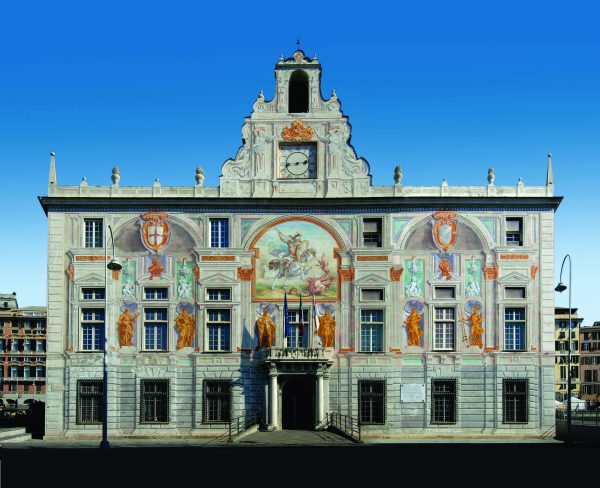The Palazzi dei Rolli are a living showcase for the wealth and power of certain 17th-century Genoese families

The lavish Palaces of the Rolli were the ultimate display of familial affluence, influence and splendour during Genoa’s Renaissance and Baroque periods. To see one such building survive to this day is remarkable, yet this port city poised on the edge of the Mediterranean Sea garners over 150 such palaces, 42 of which are UNESCO-inscribed. Each one involved in the Palazzi dei Rolli , a system set up in 1576 by the Genoese Senate to list these private residences as public accommodation for hosting visiting royalty, dignitaries and influential guests, resulted in a magnificent public relations exercise by the most powerful and significant families of Genoa.
The ‘bare skeleton’ of the palaces spread over three or four storeys follow an ‘atriumcourtyard- grand staircase-garden’ layout, described by the Flemish artist Rubens in his Palazzi di Genova written in 1622. However, no concern of repetition lingers on the Strada Nuova: striking frescoes adorn Palazzo San Giorgio; a rooftop terrace with sea views provides the crowning glory of Palazzo Reale; paintings are almost disguised among the wall frescoes they hang upon in the National Gallery of Palazzo Spinola; Palazzo Doria- Tursi houses Paganini’s priceless violin; exquisite gilding adorns the walls and ceilings of Palazzo Tobia Pallavicino. Each palace is unique in its interior and exterior design.
The Palazzi dei Rolli are proudly celebrated. While several of the public building palaces remain open year round, bi-yearly Rolli Days events see the opening of other palace doors.
Enjoyed this article? Read more heritage articles today!
